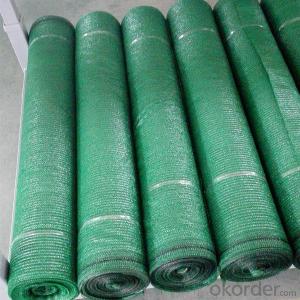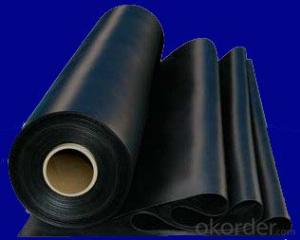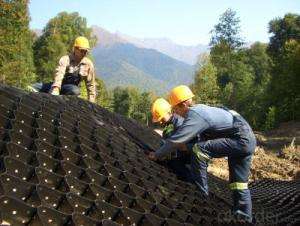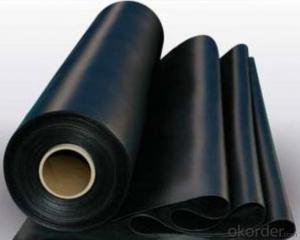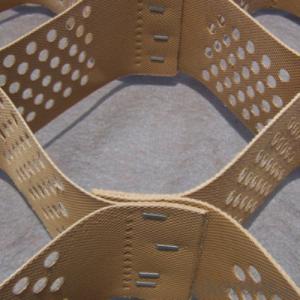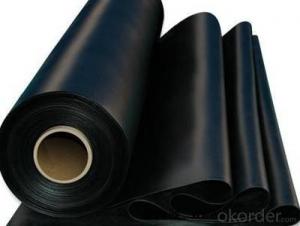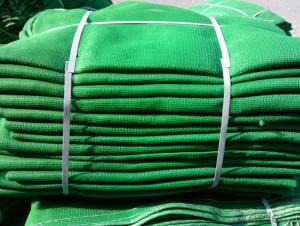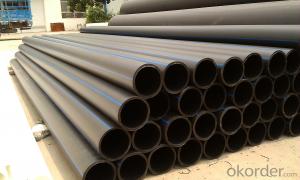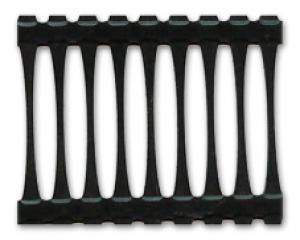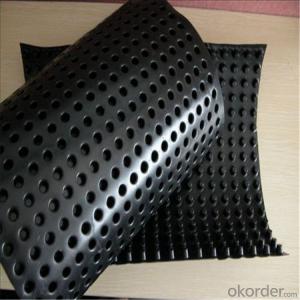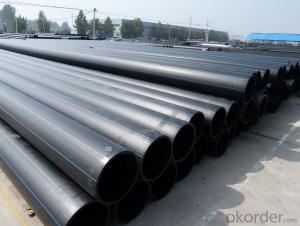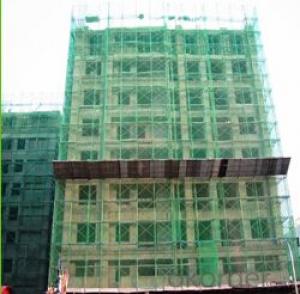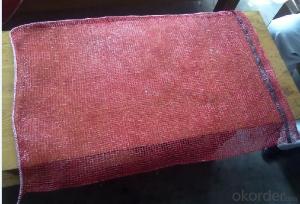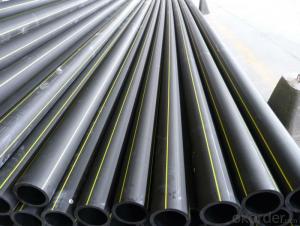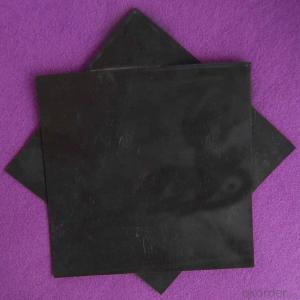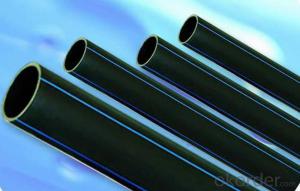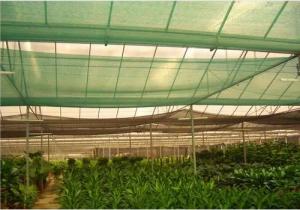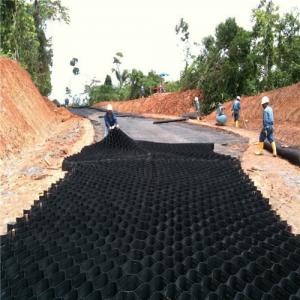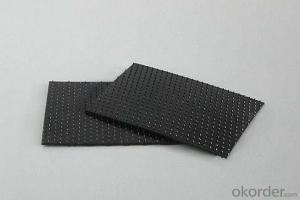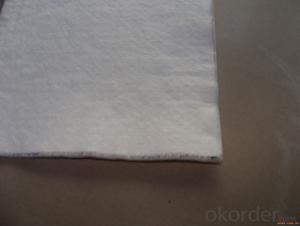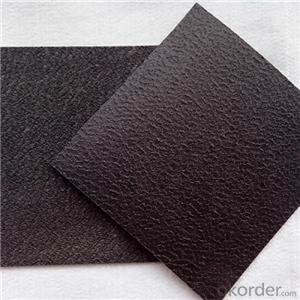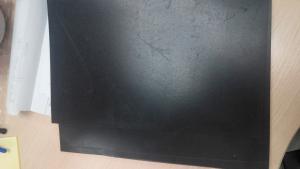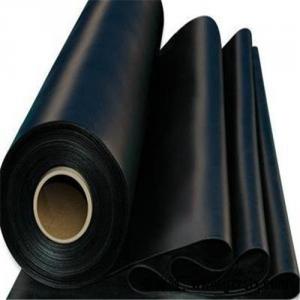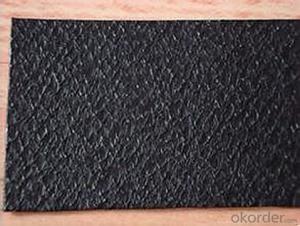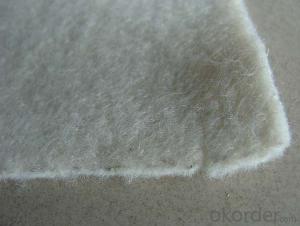Geomembrana Hdpe
Geomembrana Hdpe Related Searches
Geomembrana In Hdpe White Plastic Sun Loungers Uv Coated Polycarbonate Panels Bopp Film 100 Microns Geomembrana Hdpe 2 Mm Precio Fruit Foam Net Hdpe Membrane 40 Mil Hdpe Liner Second Hand Sun Loungers Hdpe GeogridHot Searches
China Pvc Geomembrane China Geomembrane Roll Sheet Hdpe Geomembrane Sheet Price Hdpe Geomembrane China China Geomembrane Geomembrane China Hdpe Geomembrane Price Geomembrane Liner Price Geomembrane Price Cost To Waterproof A Basement Waterproof Plywood Cost Waterproof Mdf Suppliers Wholesale Hdpe Geomembrane Roll Geomembrane Factory Wholesale Liner Hdpe Geomembrane Wholesale Geomembrane Hdpe Wholesale Hdpe Geomembrane Geotextile Membrane Suppliers Geomembrane Market Size Geomembrane For SaleGeomembrana Hdpe Supplier & Manufacturer from China
Okorder.com is a professional Geomembrana Hdpe supplier & manufacturer, offers integrated one-stop services including real-time quoting and online cargo tracking. We are funded by CNBM Group, a Fortune 500 enterprise and the largest Geomembrana Hdpe firm in China.Hot Products
FAQ
- Geomembranes are designed to be highly resistant to wind erosion. They are made from durable materials that can withstand strong winds without being damaged or displaced. Additionally, geomembranes are securely anchored to the ground using various anchoring techniques, such as weights or buried edges, to prevent them from being lifted or blown away by the wind.
- Yes, geomembranes can be used in transportation infrastructure. They are commonly used as liners for roads, highways, and railways to prevent water infiltration and soil erosion, enhancing the durability and longevity of the infrastructure. Additionally, geomembranes can be employed in construction projects to stabilize slopes and embankments, reducing the risk of landslides and maintaining the integrity of transportation systems.
- The installation challenges of geomembranes can include properly preparing the subgrade, ensuring proper seam welding or adhesive bonding, avoiding wrinkles and folds, and addressing potential damage or punctures during installation. Additionally, the size and shape of the project site, as well as environmental factors such as temperature and weather conditions, can also pose challenges during the installation process.
- Geomembranes prevent landfill odor emissions by acting as a barrier between the waste and the surrounding environment. They are impermeable to gases, preventing them from escaping into the air and causing unpleasant odors.
- When selecting a geomembrane for a specific application, there are several factors that need to be considered. These include the required strength and durability of the geomembrane, its compatibility with the intended environment and chemicals, the desired permeability or impermeability, the installation method and ease of installation, as well as the overall cost and availability of the geomembrane. Additionally, factors such as the expected lifespan, maintenance requirements, and environmental sustainability should also be taken into account.
- Geomembranes help with water conservation by acting as a barrier to prevent the seepage of water. They are used in various applications such as lining reservoirs, ponds, and irrigation canals, effectively reducing water loss due to leakage or evaporation. Additionally, geomembranes can also be used to create impermeable caps for landfills, preventing the contamination of groundwater resources.
- Geomembranes contribute to reservoir lining by providing a durable and impermeable barrier that prevents water seepage. They help to maintain the integrity of the reservoir structure, preserve water quality, and minimize the risk of leakage, which could lead to water loss and contamination. Additionally, geomembranes can be customized to fit the specific requirements of the reservoir, ensuring long-term protection and efficient water storage and management.
- nan
- The sprawling chain-like molecules can be reoriented to be in a linear shape by stretching which increases the strength of extension and rigidity of geogrid. When laid in the soil, the geogrid can form an efficient stress transfer structure through the occlusion and interlocking of its meshes and the soil, transferring the local stress to other parts of soil quickly and efficiently. It reduces the local breakdown stress and increases the service life. 1) Bidirectional geogrid can increase the bearing capacity and the service life of the roadbed (foundation). 2) Bidirectional geogrid is usually used to prevent roadbed (foundation) from collapsing or cracking and keep the ground clean and tidy. 3) Bidirectional geogrid is easy to install. It is time saving, labor saving with shorter construction time and lower maintenance cost. 4) Bidirectional geogrid can prevent culvert from cracking. 5) Bidirectional geogid is usually used to reinforce the soil slope and prevent the slope from water loss and soil erosion.


